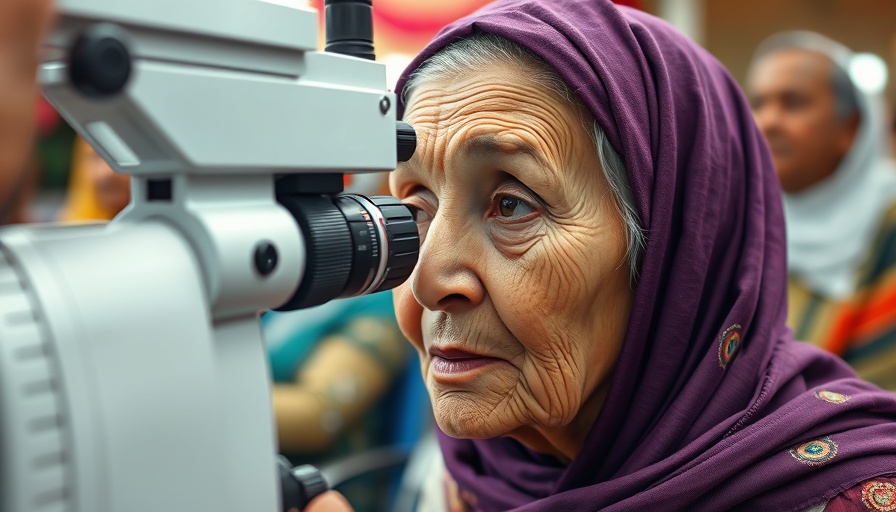
Understanding Trachoma: The Silent Threat to Vision
Trachoma, a debilitating eye disease caused by the bacterium Chlamydia trachomatis, poses a significant public health challenge, particularly in low-income regions where living conditions heighten the risk of infection. Affecting nearly 1.9 million people globally, trachoma is recognized as the leading infectious cause of blindness worldwide. With 103 million individuals residing in endemic areas—places where trachoma is commonly found—the disease is a silent crisis that warrants urgent attention.
How Trachoma Spreads: A Closer Look
The transmission of trachoma is insidious, occurring through both direct and indirect contact. Infection primarily spreads through personal contact with infected individuals, often through hands, clothing, bedding, or surfaces that have been contaminated by eye or nose discharges. Notably, certain fly species act as carriers, potentially increasing the rate of infection in communities. While the incidence of trachoma is most prevalent among young children—who are deemed to be the main reservoirs of the bacterium—adults can also contribute to its spread, particularly if they reside closely with infected children.
Symptoms: Recognizing the Early Signs of Infection
Presenting initially with irritation and inflammation of the eyes, symptoms of trachoma can escalate if left untreated. Children are particularly vulnerable, with prevalence rates that can soar to 90% in endemic communities. If the infection persists over years, it can result in painful conditions where the eyelid scars and turns inward, causing eyelashes to rub against the cornea—a condition known as trachomatous trichiasis. This painful experience can lead to further complications and irreversible blindness if intervention does not occur.
The Human Impact: Trachoma’s Toll on Lives
Beyond the physical symptoms, trachoma exerts a profound emotional and economic toll on those affected and their families. Vision impairment or blindness drastically alters daily life, particularly in regions where access to healthcare is limited. The burden disproportionately falls on women, who experience blindness up to four times more than men. This gender disparity is largely attributable to the domestic role women play, often caring for infected children, which increases their exposure to the bacteria. The cycle of poverty is exacerbated as individuals lose their ability to work and support their families.
Global Response: Fighting Trachoma with Surgery and Antibiotics
Efforts to combat the effects of trachoma have seen significant strides. As of 2024, nearly 87,349 individuals received surgical treatment for advanced stages of the disease, while over 44.4 million were given antibiotic treatments aimed at reducing infection rates. These interventions are crucial, as global antibiotic coverage reached only 39% in the same year, indicating that many still lack access to necessary treatment.
Looking Ahead: The Future of Trachoma Control
The fight against trachoma illustrates not only an ongoing medical challenge but also an opportunity for global health initiatives. Enhanced awareness and funding are critical for elimination efforts. With improved sanitation, hygiene education, and targeted treatments, there is hope for the eventual eradication of this disease. The World Health Organization continues to push forward, urging countries to prioritize prevention strategies and integrate comprehensive care for affected populations.
Taking Action: How You Can Help Address Trachoma
For individuals looking to contribute to the fight against trachoma, increasing awareness is a pivotal first step. Educating communities about the importance of hygiene practices, supporting organizations that provide medical assistance, and advocating for policies that prioritize eye health can collectively drive revolutionary changes in affected regions. Every action counts towards securing a future free of preventable blindness caused by trachoma.
 Add Row
Add Row  Add
Add 




Write A Comment